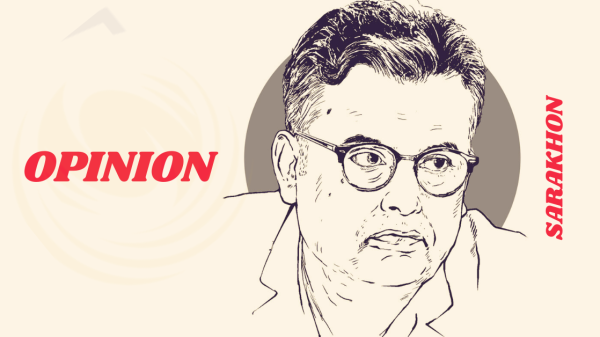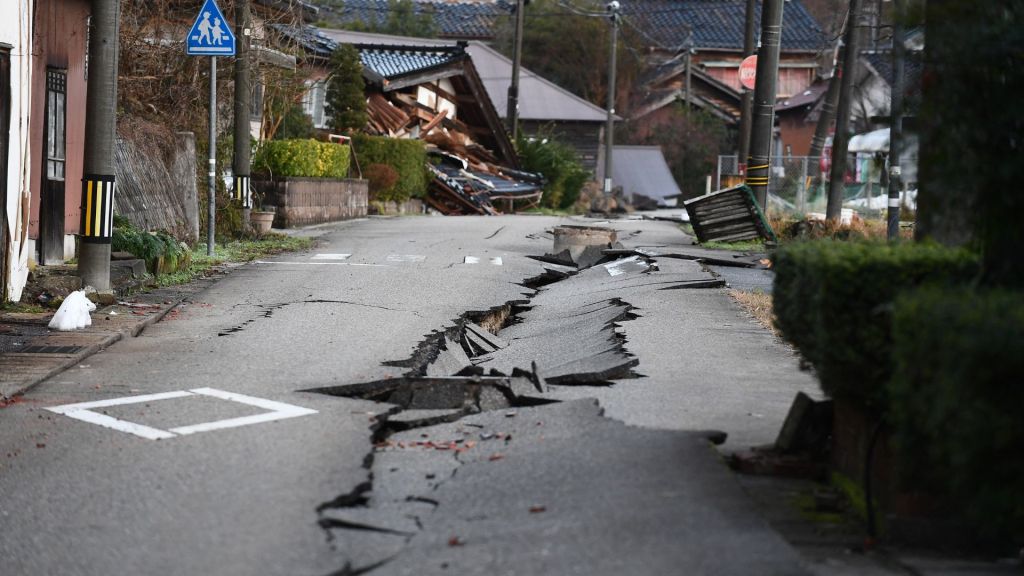Trump’s Tariff War: Who Wins in the End?

If Donald Trump had been able to start this tariff war ten years earlier, one could have said without hesitation that America would have won this economic battle. Back then, Asia was only a production house. Cheap labor meant goods could be produced at low cost—and they had to be sold in the West. The West was the only market.
Today, the reality across much of Asia is different. A large part of Asia is no longer just a production house; it has built substantial markets of its own. Moreover, goods produced in Asia now find large markets in other Asian countries as well.
So, in such a time, Trump’s—or America’s—tariff war leaves open the question of where it will place different actors in the world.
America’s Position and Asia’s Rise
Some may think Trump is a businessman who sounds a bit erratic, and that is why he has plunged into such an economic war. In reality, that line of thinking is not very persuasive.
America is losing economic strength by the day, while China, India, Russia, and many countries in Southeast Asia are collectively emerging as alternative centers of economic power. Alongside them, many smaller Asian countries have also been performing well economically.

The Middle East: Promise and Ruin
Had the Middle East not been dragged into war—had Iraq, Egypt, Libya, and Syria not been devastated—the region could have built a multi-dimensional economy instead of one dependent only on oil.
A new generation in the Middle East studied abroad, familiar with the modern world and modern ways of life—they, too, would have returned home to build a production-oriented economy.
Some twenty-five or thirty years ago, I read in a current affairs book or newspaper interviews with a few young Middle Easterners. They were studying at American universities. On a flight home during vacation, the author-journalist of the article struck up a conversation with them. They said they were not leading the luxurious lives of the children of Middle Eastern tycoons in America; rather, they were trying to understand real life and planning to return home to build industries. Their people had purchasing power, they added, and they also understood export markets.
Arab Spring and Its Aftermath
Even now, I sometimes wonder where those young men are, and what they are doing. In the past thirty years, Iraq’s economy and infrastructure have been destroyed in the name of searching for biological weapons. Iran has been trapped under sanctions, on allegations of pursuing nuclear weapons.
And the colorful democratic uprising that began when an educated fruit vendor in Tunisia set himself on fire—that same democratic surge destroyed the economies and infrastructures of almost all the major markets of the Middle East, including Tunisia, Egypt, Libya, and Syria.

Not only that, the strong leaders of these countries were also killed—because “a leader is the light of a country.” Their killing, in the final reckoning, means a great deal.
We used to receive daily news of Egypt’s Arab Spring through Reepi—the adopted daughter of Tajuddin Ahmad—and her husband, a leader of the Egyptian Brotherhood. The updates were exciting and convenient for the newspaper where I worked at the time; yet I was baffled—why were the right-wing forces in Egypt clamoring for democracy in this way, and who was the alternative leader?
The Tinge of “Color” in New Democracies
Now, in South Asia, Central Asia, and even small African countries—those that are building markets or finding seasoned leadership—the same “colored” brush of democracy is being applied.
On September 25, Pakistan’s Dawn published a long piece by Aasim Sajjad Akhtar tracing Tunisia’s spark to these colored uprisings in South Asia. Near the very beginning, he writes:
“In 2011, the much feted Arab Spring was triggered by the self-immolation of a well-educated street vendor in Tunisia, spreading to Egypt, Bahrain and many other countries. Millions of people came out onto the streets in defiance of dictators and monarchs who had ruled with an iron fist for decades.
The people had their victory, deposing hated figures like Zine El Abidine Ben Ali and Hosni Mubarak. But ultimately, the Arab Spring left a bitter taste. Authoritarian regimes and an even more exploitative capitalist order were restored in almost all of the Middle East and North Africa. Countries like Syria and Libya were ravaged by imperialist-sponsored proxy wars. Almost 15 years on, the status quo has not only been restored but appears even more entrenched.”

Proxy Wars and the Centers of the Economy
As Akhtar’s essay suggests—and as the world well knows—those countries have been reduced to ruins by proxy wars. In other words, the youths who had dreamed of returning after their studies abroad to build industry are now, from afar—as we do—watching ruins in films, documentaries, or the news.
Through those ruins and proxy wars, the birth of additional markets and centers of economic gravity has been thwarted. As a result, the current tariff war pits several major Asian countries—and nations like Russia—against the West, despite Russia being hamstrung by sanctions.
The Continuity of the Tariff War
What is now being called “Trump’s tariffs” is not a sudden economic war; it is part of a continuous economic struggle.
The rising economies have played a long diplomatic game with the falling economy, stretching out the contest. Thus, by the time the tariff war truly began, many Asian countries had already managed to enlarge and strengthen their domestic markets. Consequently, the rising economies are now fighting the falling economy with a firm hand.
Military Outlays and Internal Strains
But here is the question: can the rising economies devote all their strength to building their own economies and markets? Because the point raised by Pakistan’s writer and geopolitical analyst is crucial—“proxy war.”
In practice, this game of economics forces every country to spend on the military—whether by producing arms or buying them—due to proxy wars. Moreover, as Aasim Sajjad and many others have noted, another special force within proxy wars is a class of youth centered on domestic social forums and the religious fundamentalists.
Some among them are involved in illicit arms trafficking; confronting them requires large sums and will require more in the future.
Where economies have collapsed and state structures have been weakened by “color revolutions,” the leaders who have taken over are, in the main, controversial and tied to fundamentalism. Above all, they, too, are buying arms instead of ensuring food and employment—an enormous obstacle to the economic development of the Global South.
Grounds for Hope
Yet despite these obstacles, the major economies of Asia and the Global South are moving forward with cool heads. Many countries are demonstrating the skill not to get entangled in war or to step back from it in time. Even the Philippines, Indonesia, and Japan are not escalating into large maritime conflicts.
China, too, no longer appears as aggressive over the South China Sea; it has retreated from “wolf warrior” diplomacy. India, despite many headwinds, is moving to strengthen ties with the Global South.
In the final analysis, the main theater of the tariff war is against India and China, as these two countries are vast markets and emerging economies of the future. Russia, meanwhile, is embroiled in a long war, woodworm gnawing away at its economy.
Nuclear Power
Some Pakistani think tanks believe Pakistan now basks in the bright sunlight of diplomatic success. Yet many caution that, on the path Pakistan is treading during this tariff war, it may be drawn into wars both at home and abroad.
Even preparing for war will require extra spending on weapons, and the country could face a colored revolution of its own. Too many forces are at play in Pakistan.
Nuclear-armed Pakistan—its politics fragile—could thus be pushed into another, final, deadly stage of the tariff war—just as the use of nuclear power in the Second World War turned the world upside down—toward a similarly perilous condition.
Taken together, the tariff war has nudged the world toward a frightening time. Yet there is room for hope: the rising economies of Asia—the primary targets of this war—are moving forward with the steadiness of a true lover, fortifying their positions and their peoples. Their calm, patient posture is today’s source of confidence.
Patience Bears Fruit
In diplomacy, too, one must sometimes go to Rabindranath, as he wrote: “A wrathful lord does not tolerate patience, but love does.” May the patience of the serene lover bear fruit—that is the hope and faith of the present world.
Author: Journalist honored with the nation’s highest state award; Editor, Sarakhon, The Present World






















